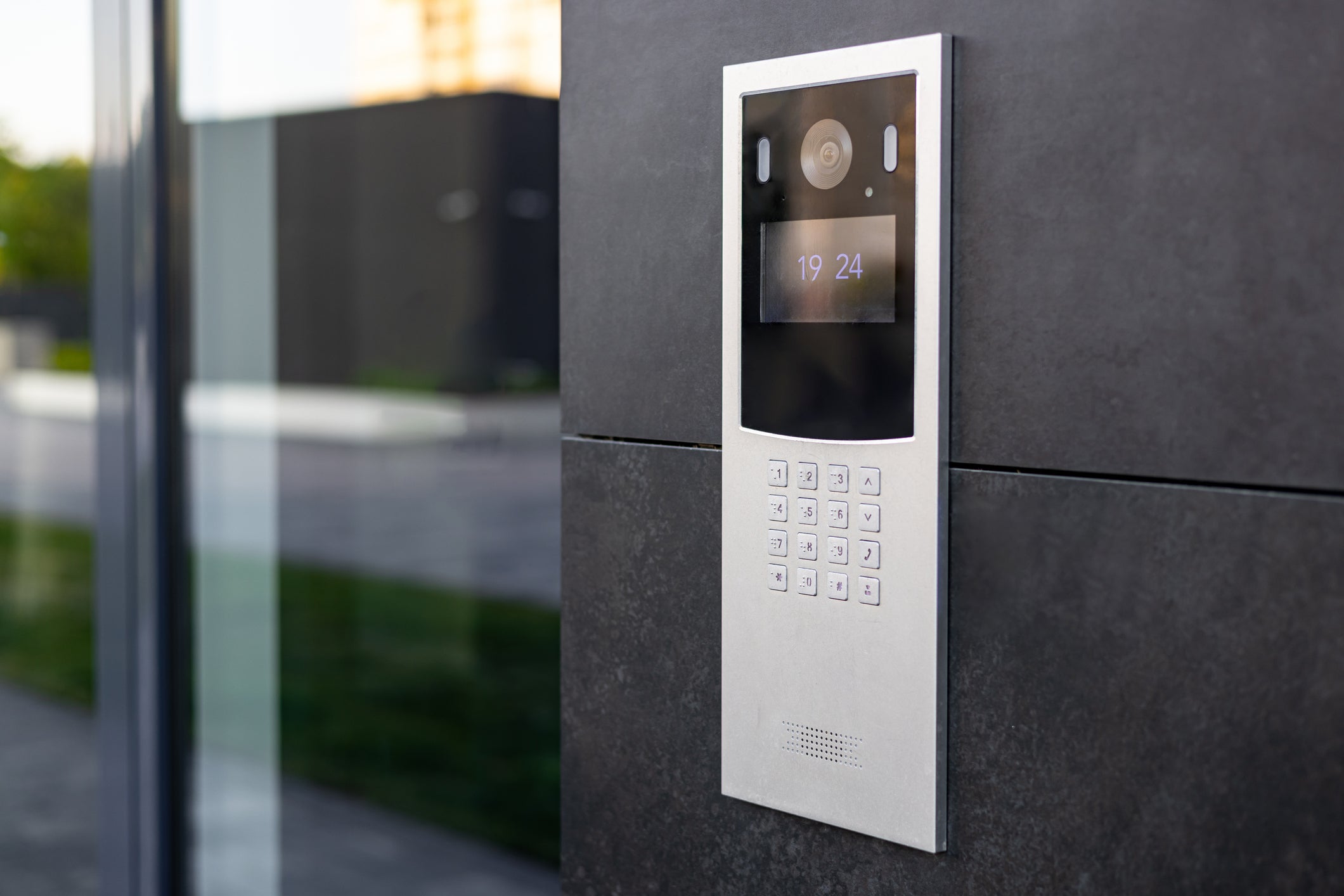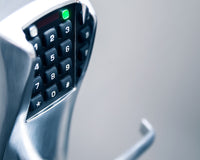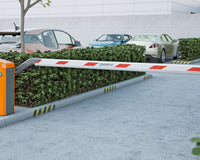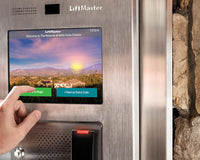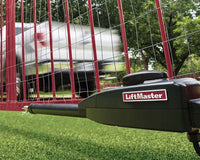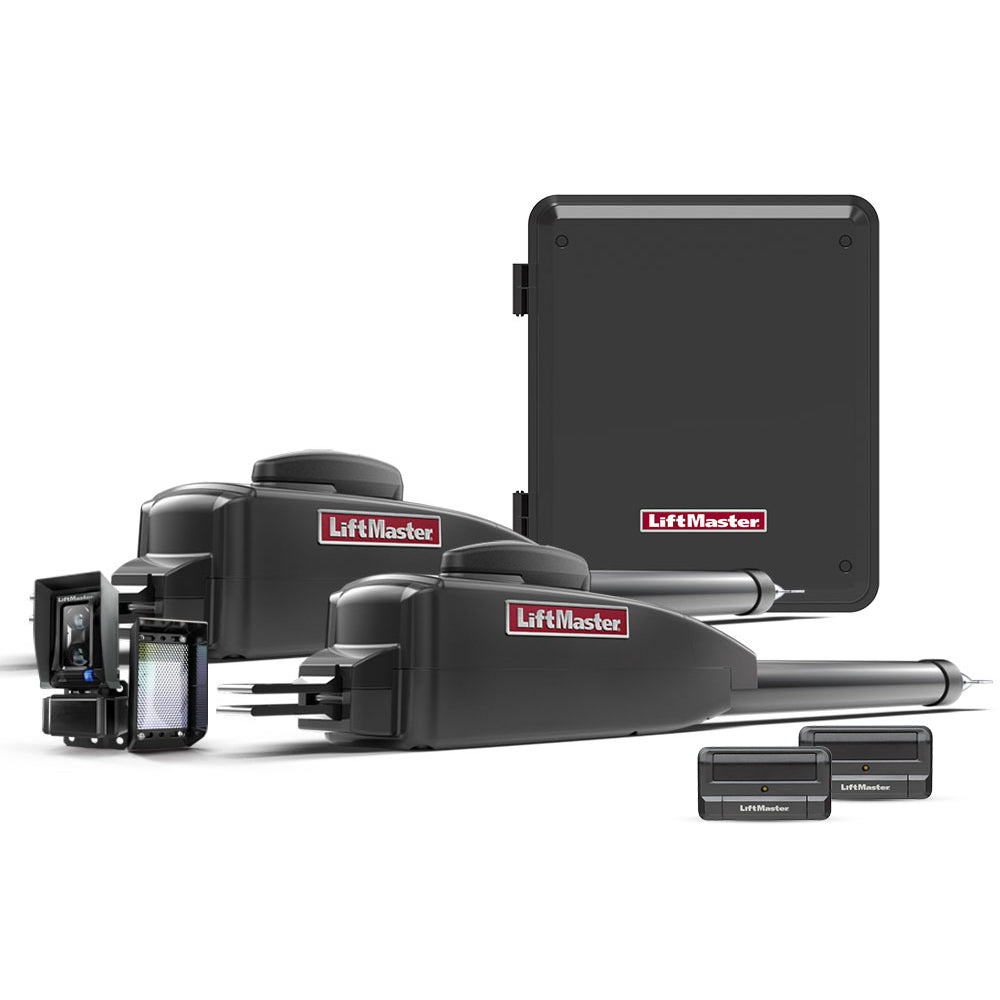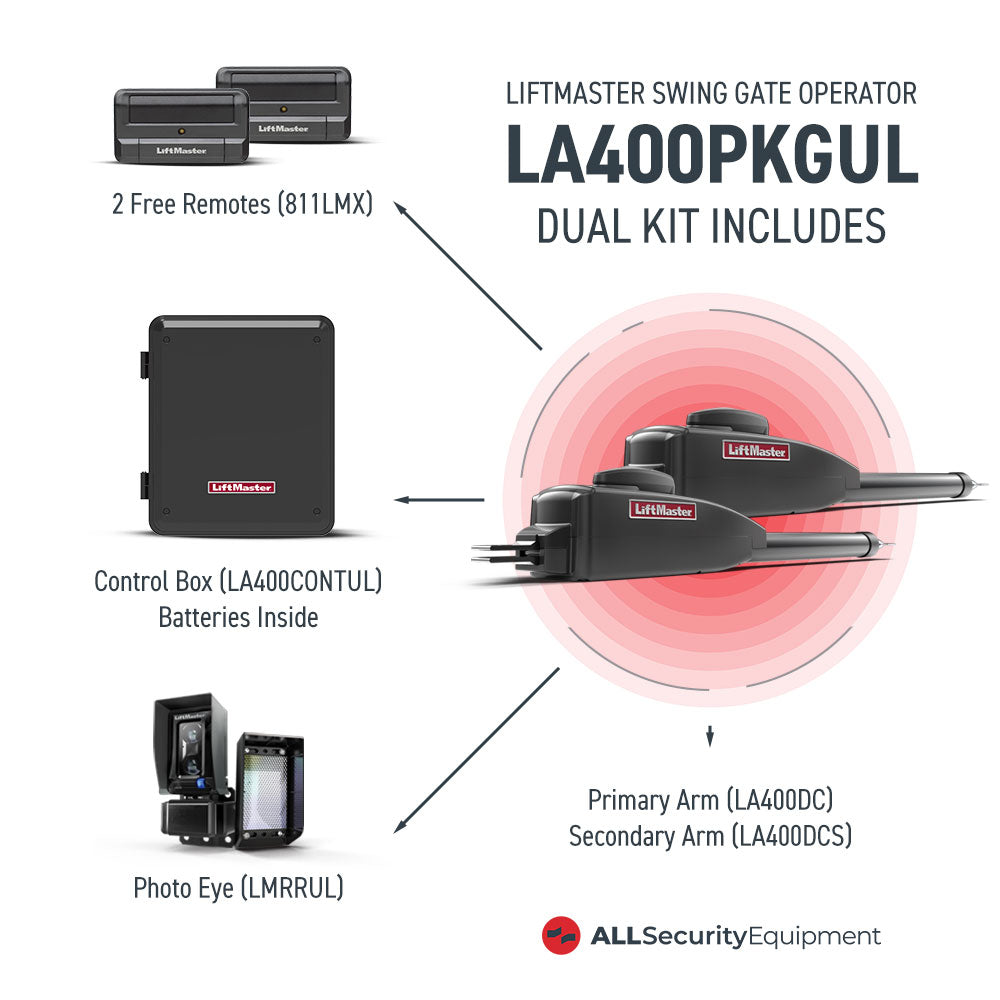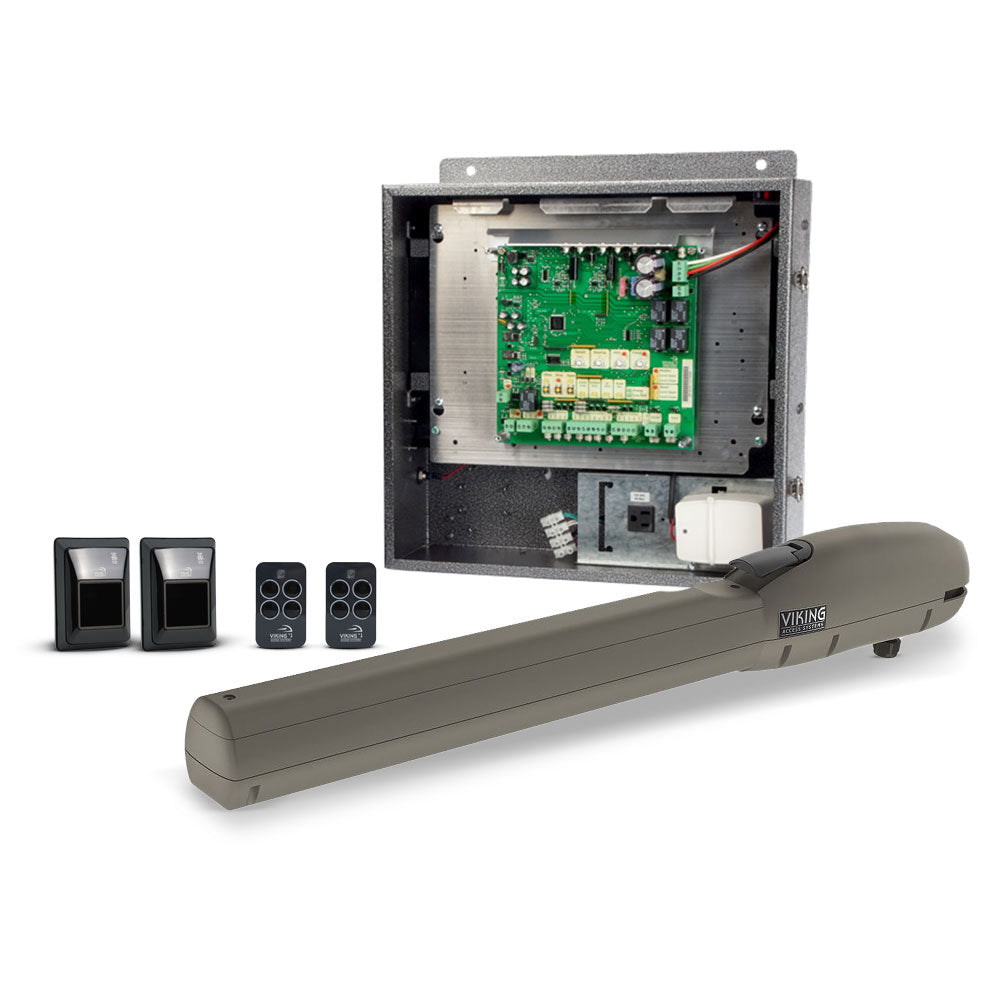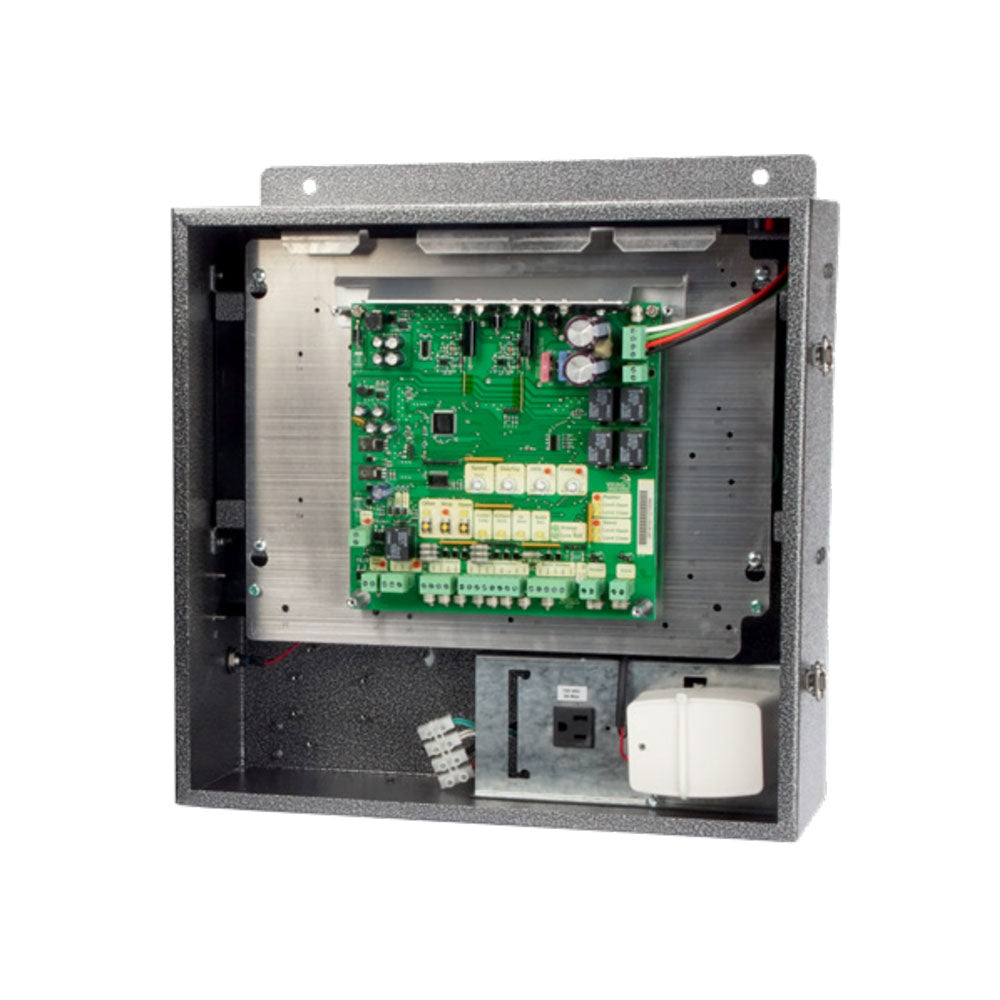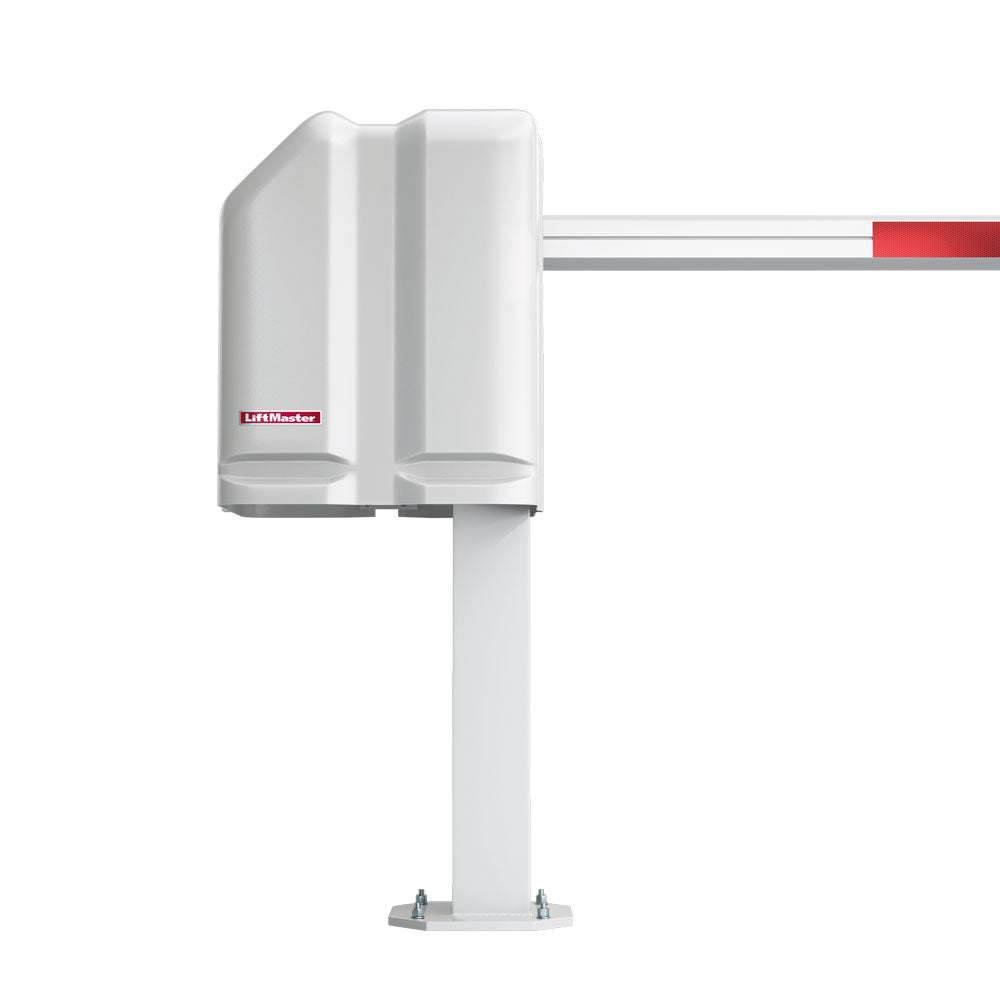For businesses and institutions with multiple entry points, a multi door access control system provides more than just convenience—it’s the backbone of a secure, scalable, and professional security strategy. Unlike single-door setups, multi-door systems allow centralized management of doors, card readers, and credentials across large buildings or multiple locations.
As a pro installer, you’ll need an access control planning guide that accounts for hardware, software, wiring, and code compliance. This article breaks down the essential components, installation considerations, and best practices to help you design a reliable commercial access control setup.
What Is a Multi-Door Access Control System?
A multi-door system connects several doors to one central controller or network. Instead of managing each access point separately, administrators can:
-
Assign access levels for staff or tenants
-
Monitor entry events in real time
-
Generate audit trails for compliance
-
Scale easily by adding more multi lock doors as the business grows
These systems are popular in offices, schools, healthcare facilities, and warehouses where both security and convenience are equally important.
Core Components of a Multi-Door System
A complete access control system design typically includes two groups of components:
1. Infrastructure (The “Brain” of the System)
-
Multi-Door Controllers – The central hub that connects multiple doors and determines who gets access.
-
Power Supply – Provides consistent power, often with backup batteries for emergencies.
-
Software / Cloud Platform – The dashboard for credential management, reporting, and integrations with video or alarms.
2. Peripherals (The “Hands” of the System)
-
Card Readers / Keypads / Biometric Readers – Devices at each door where users present credentials.
-
Electronic Locks – These may be fail-safe (unlock during power failure) or fail-secure (remain locked during power failure), depending on code requirements and the door’s function.
-
Credentials – Key fobs, smart cards, PIN codes, or smartphone credentials.
-
Sensors & REX Devices – Door position sensors, motion detectors, and Request-to-Exit buttons.
-
Accessories – Relays, strike plates, brackets, and wiring supplies.
Browse our full Access Control collection and accessories to source pro-grade components.
Multi-Door Access Control System Wiring Diagram Basics
While diagrams vary by manufacturer, most access control wiring diagrams follow the same logic:
-
Reader to Controller: Readers send credential data to the controller.
-
Controller to Lock: The controller signals the electronic strike or maglock to unlock if access is granted.
-
Power Supply: Provides power to both the controller and locks, often with separate circuits.
-
Sensors / REX: Feed data back to the controller for safe egress and alarm triggers.
For professional installers, neat wiring, labeling, and redundancy are crucial. Using color-coded wires and conduits not only speeds up installation but also simplifies troubleshooting later.
Planning a Commercial Access Control Setup
When designing a multi door access control system, consider the following:
1. Security vs. Safety
Always balance security with building codes. For example:
-
Use fail-safe locks on emergency exits so occupants can leave during a power outage.
-
Use fail-secure locks for server rooms or storage areas where asset protection matters most.
See our guide on Fail-Safe vs. Fail-Secure for details.
2. Scalability
Choose controllers and software that support expansion. Even if a client only needs 4 doors today, plan for 16 tomorrow.
3. Integration
Modern systems often tie into:
-
Video surveillance (for visual verification)
-
Alarm systems
-
Time and attendance tracking
4. User Experience
Smooth access is critical. Whether using key cards, mobile credentials, or biometrics, the system should provide security without slowing down staff or tenants.
Multi-Door vs. Single-Door Systems
|
Feature |
Single-Door System |
Multi-Door System |
|
Setup |
Standalone |
Networked |
|
Scalability |
Limited |
Nearly unlimited |
|
Central Management |
No |
Yes |
|
Cost Per Door (long-term) |
Higher |
Lower |
|
Use Case |
Small shops, homes |
Offices, schools, healthcare |
In short, a single-door unit works fine for one location, but a multi-door access control system is more cost-effective and flexible for businesses planning to expand.
Example Multi-Door Access Control Setup
Imagine a medium-sized office with 12 doors:
-
Front Door: Proximity card reader + fail-safe maglock
-
Server Room: Keypad + fail-secure electric strike
-
Employee Entrances: Smartphone credential readers
-
Storage Areas: PIN + card combo for dual authentication
All managed by one multi-door controller with cloud-based software. This setup allows the security manager to instantly revoke credentials, generate reports, and remotely unlock doors if needed.
Cost Considerations
Pricing varies depending on system size and complexity:
-
Readers: $100–$400 each
-
Electronic Locks: $150–$600 per door
-
Controllers: $500–$1,500 depending on capacity
-
Credentials: $1–$5 per key fob/card
-
Software / Cloud License: Subscription-based
For installers, it’s smart to package quotes with both hardware and ongoing service contracts, since many clients prefer bundled solutions.
Plan Like a Pro
A well-designed multi door access control system improves both security and efficiency for businesses of any size. By carefully planning the system design, wiring, and choice of peripherals, installers can deliver solutions that scale with their clients’ needs.
Always start with a clear access control planning guide, consider fail-safe vs fail-secure requirements, and select hardware that integrates smoothly into broader security systems.
With the right preparation, your next commercial access control setup will not only protect assets and people—it will also position you as the trusted installer clients can depend on.

